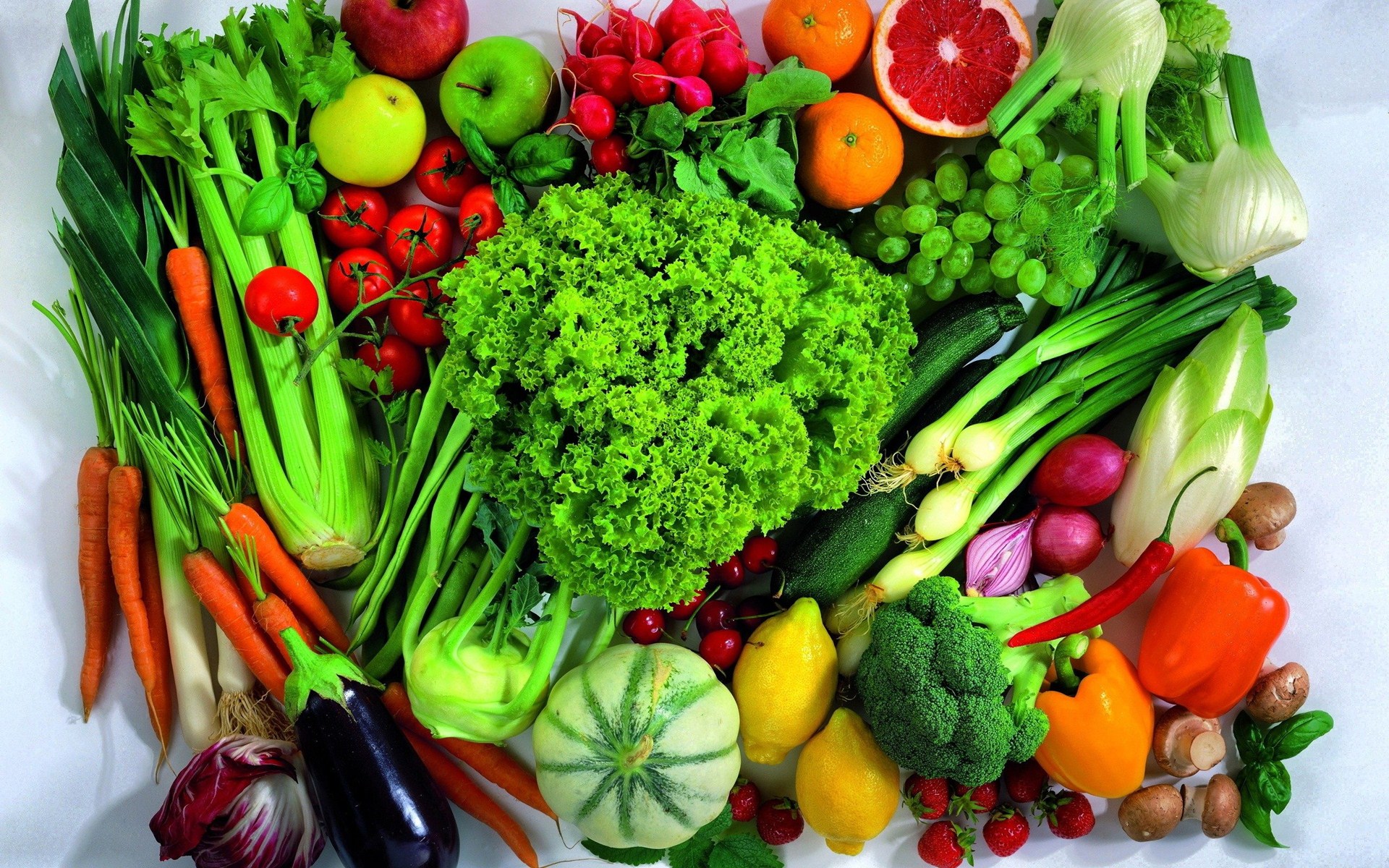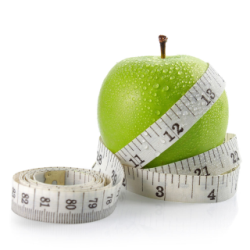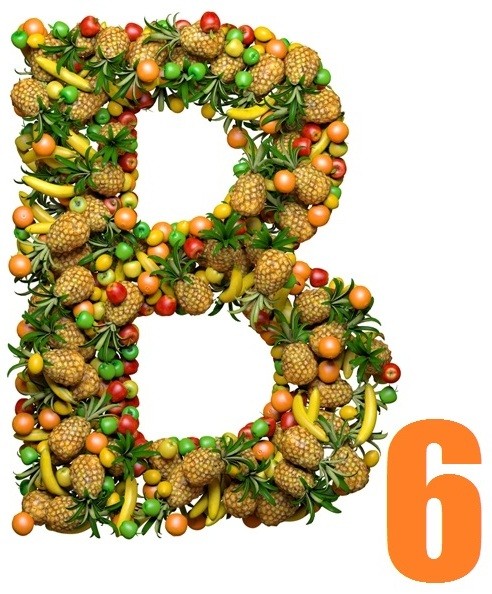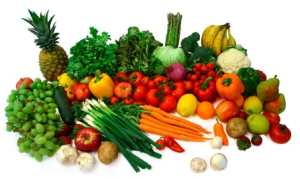Article taken from www.foodsafety.gov
Holiday dinners are a time to enjoy friends, family and good food. And while leftovers can make quick and tasty meals, it’s important to remember to refrigerate them promptly and reheat properly. You can help keep your family safe from food poisoning at home by following these guidelines from the USDA.
Promptly refrigerate or freeze perishable leftovers
Did you know that illness-causing bacteria can grow in perishable foods within two hours unless you refrigerate them? (And if the temperature is 90 ˚F or higher, cut that time down to one hour.) Bacteria spread fastest at temperatures between 40 °F and 140 °F, so chilling food safely reduces the risk of foodborne illness.
Know when to throw food out
You can’t tell just by looking or smelling whether harmful bacteria has started growing in your leftovers or refrigerated foods. Here are a few steps you can take to store and reheat your leftovers safely:
- Place leftovers in shallow containers. Refrigerate (40 °F or below) or freeze the cooked poultry and stuffing within two hours after cooking.
- Use refrigerated leftovers within three to four days; frozen food within four months.
- Find out how long to store leftovers by checking out this Safe Storage Times chart.
Reheat leftovers thoroughly
When reheating leftovers, be sure they reach 165° F. Always use a food thermometer to check the internal temperature of the food.
- Reheat sauces, soups and gravies by bringing them to a rolling boil.
- Cover leftovers to reheat. This retains moisture and ensures that food will heat all the way through.
- Thaw frozen leftovers safely in the refrigerator or the microwave oven. When thawing leftovers in a microwave, continue to heat it until it reaches 165 °F as measured with a food thermometer.
- In a real hurry? It is safe to reheat frozen leftovers without thawing, either in a saucepan or microwave (in the case of a soup or stew) or in the oven or microwave (for example, casseroles and combination meals). Reheating will take longer than if the food is thawed first, but it is safe to do when time is short.
For more informations visit: www.foodsafety.gov














You have remarked very interesting points! ps decent site.
Merely wanna tell that this is very helpful , Thanks for taking your time to write this.
You have brought up a very great points , regards for the post.
Thanks, very great post.
Appreciate it for helping out, great info .
Hi my friend! I want to say that this post is awesome, great written and come with approximately all significant infos. I would like to see more posts like this.
I reckon something genuinely interesting about your blog so I saved to bookmarks .
Howdy! This article couldn’t be written much better! Going through this post reminds me of my previous roommate! He constantly kept talking about this. I am going to forward this article to him. Fairly certain he’s going to have a good read. Thank you for sharing!
I couldn’t resist commenting. Exceptionally well written!
here are some hyperlinks to web pages that we link to since we consider they’re worth visiting